Mahogany Market in Tagaytay City isn’t normally a place that gets featured in glossy magazines, but it surely doesn’t mean that it doesn’t warrant your attention. Plenty of people have come to love the humble public market, where home-cooked fare is served piping hot, and the freshest farm produce is light on the budget.
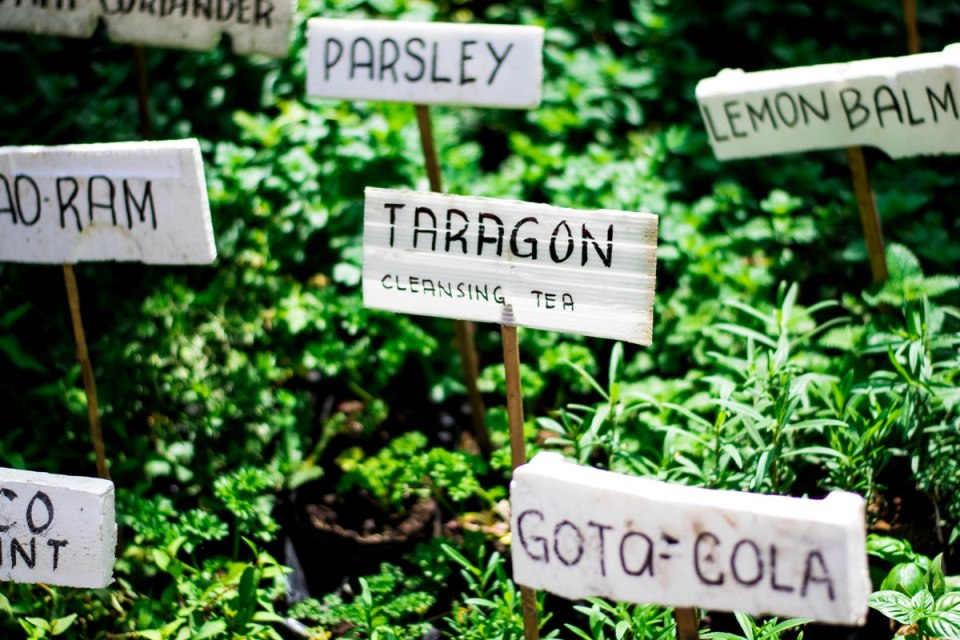
No other market is beloved by both locals and itinerant tourists than Mahogany Market. Mahogany Market is where discerning shoppers buy the best cuts of pork, beef, goat or lamb meat, as well as tawilis, tuyo, and other marine species endemic to Taal Lake. Cooks of the adventurous kind are regular visitors, as it is where they can also buy bituka (intestines) to barbeque, pig’s blood for dinuguan (blood stew), or goat innards for papaitan, an Ilocano soup dish known for its bitterness.
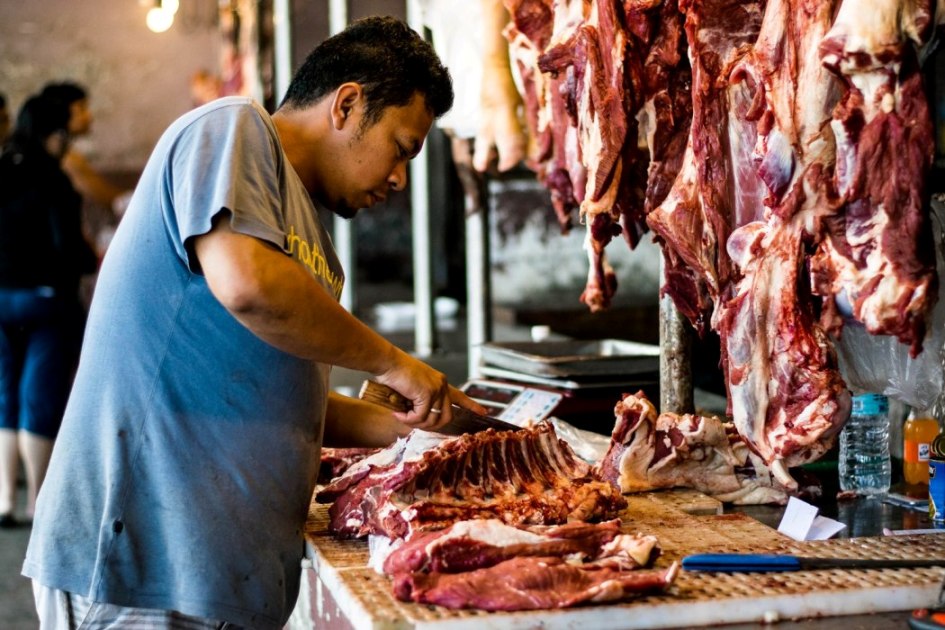
Tucked into an inconspicuous corner in Tagaytay, Mahogany Market is just a stone’s throw away from Crisanto M. De Los Reyes Avenue, on the right side of Tagaytay-Nasugbu highway. It is quite a few kilometers away from the Tagaytay City Proper. The market is located along its namesake avenue (Mahogany avenue); a prominent sign out front instructs motorists to make a right (or left if you’re coming from Mendez). There’s also a newly built Tagaytay Hall of Justice right before the market entrance. Its grandiose facade is hard to miss, the white pillars announcing its presence from afar.

The dry goods and produce are near the main entrance of the market proper. The fresh vegetables and fruit stalls are clustered together on the left side of the road that leads to the heart of the market. Feast your eyes on the fresh harvest: Atop each other are mounds of watermelon, jackfruit, mangoes, mandarin oranges, papaya and pineapples. Sometimes, a fruit is cut in halves, exposing the moist flesh inside to entice buyers.
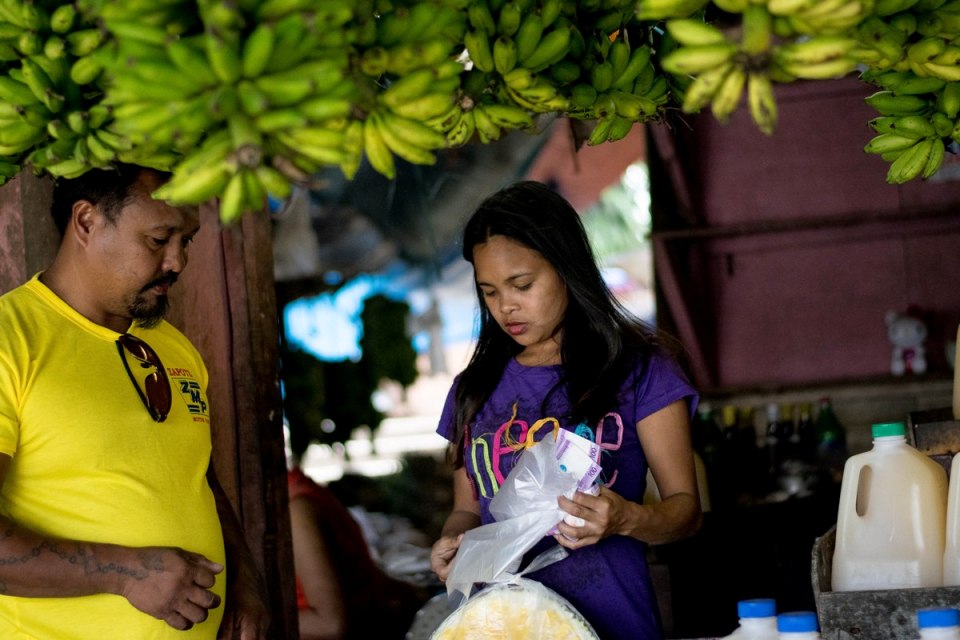
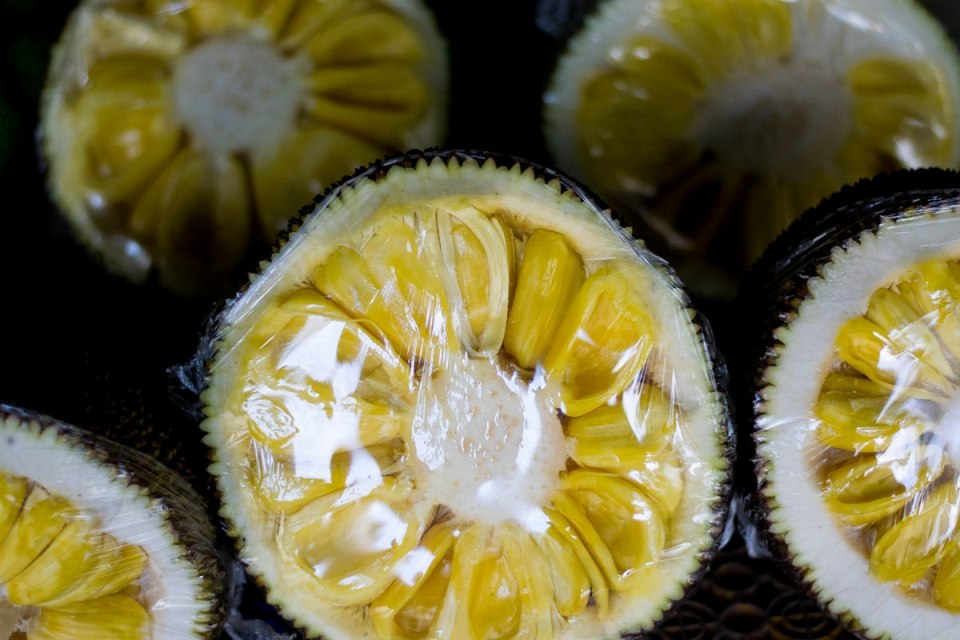
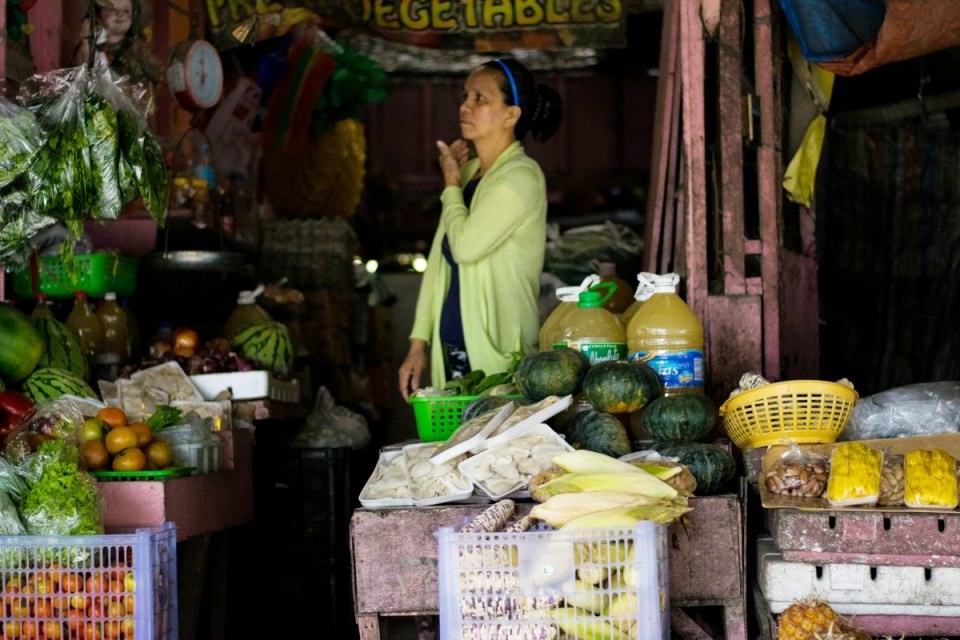
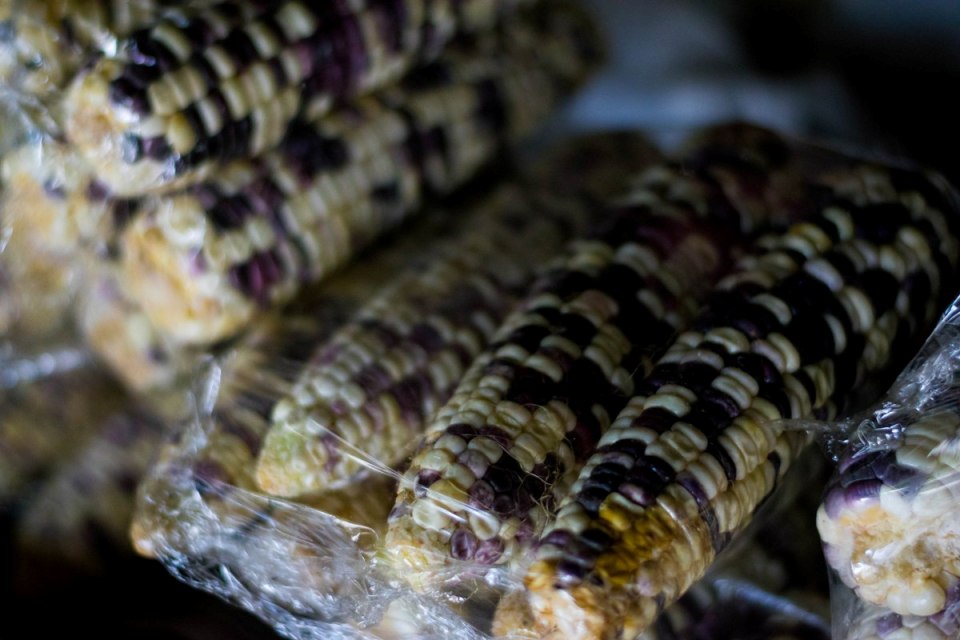
Next to these stalls are a group of plant vendors where you could grab stalks of flowers, shrubs and herbs. From lemons and papaya to lavender and rosemary, there’s a wide array of plants to choose from for cooking, or accessorizing one’s home. Tagaytay is home to a number of farms and small, greenhouse operations, whence these sellers source their wares.
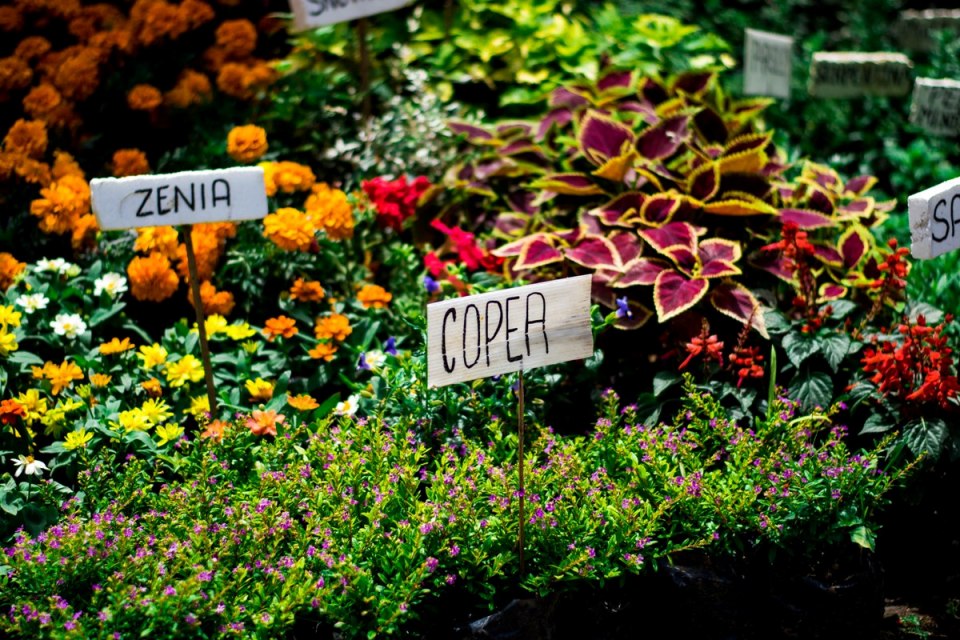
As you approach the wet market, you can hear the calls of butchers and their apprentices peddling their meat cuts by the kilo. The area where rows of local butchers have set up shop are on the ground floor of an old building, a little run-down by age. Moving closer to its facade, one might notice that the area is a little dark and dank, though the Tagaytay weather keeps any foul smell at bay.
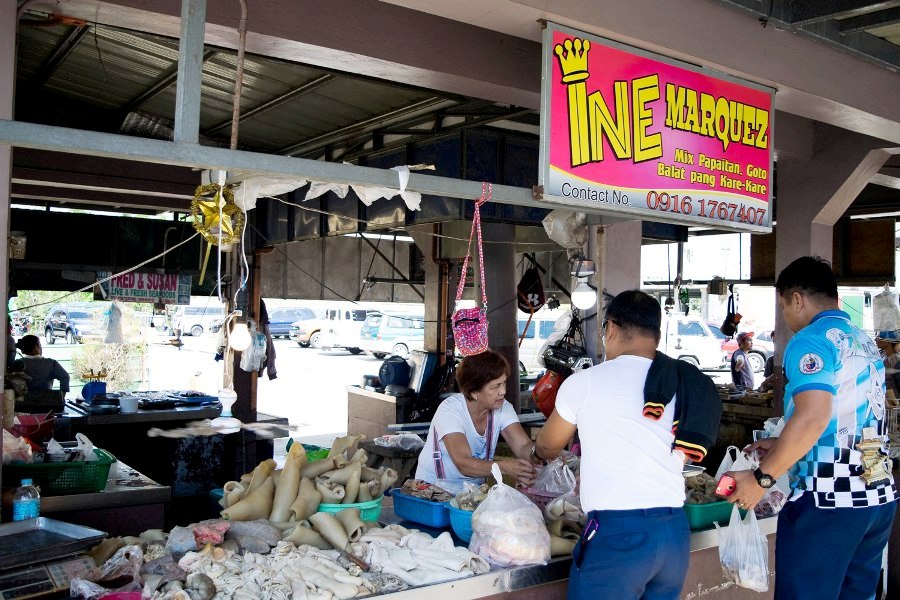
For a more diverse dining experience, head over to the second floor of the separate two story building. Upstairs are the famed small eateries and food stalls of Mahogany Market, adored by locals and Manilenos for their cheap specialties.
Popular Filipino main dishes are baby crabs and tawilis fried to a crisp, chicharong bulaklak, or sisig. But the star of the show is the beef shank, which is used in the town’s special bulalo, or beef bone marrow soup. If you want to eat Tagaytay’s famous bulalo, Mahogany Market is the right place to be. A hefty serving of the dish is good for four to six persons and costs P350.00, on average. A good haggle could prove useful; it may also be arranged for the serving portion to be reduced for smaller groups.
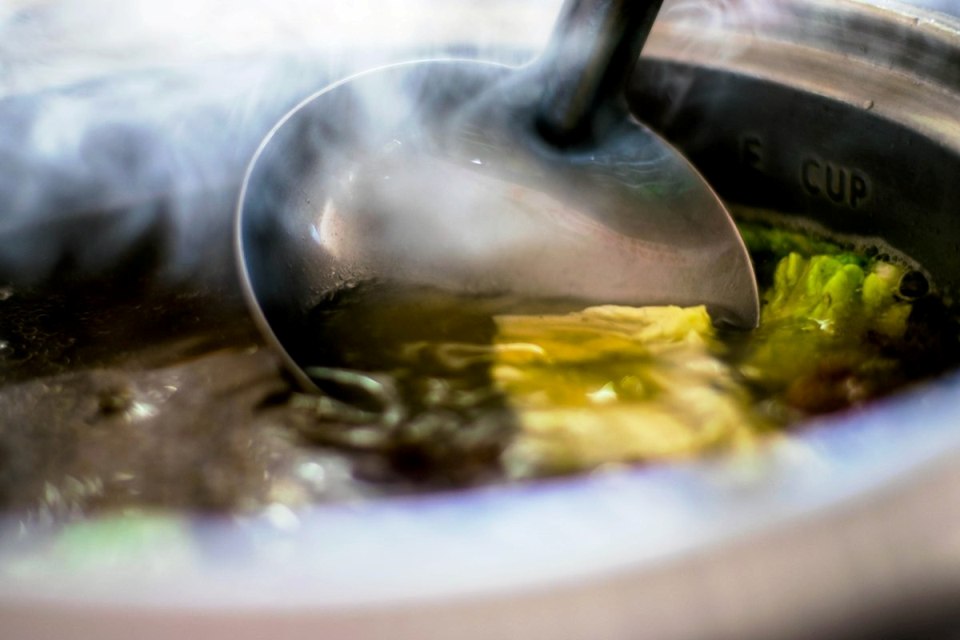
From Cheap Fresh Produce to Coffee Beans
The prices of food and fresh produce are ridiculously cheap in Mahogany Market, compared with mall-based ones, unless the vegetables and fruits up for sale are not in season and in low supply. The best thing about shopping here is you can buy in bulk, be it dried goods, such as dried danggit or squid, various kinds of nuts and delicacies, or other Filipino main dishes.
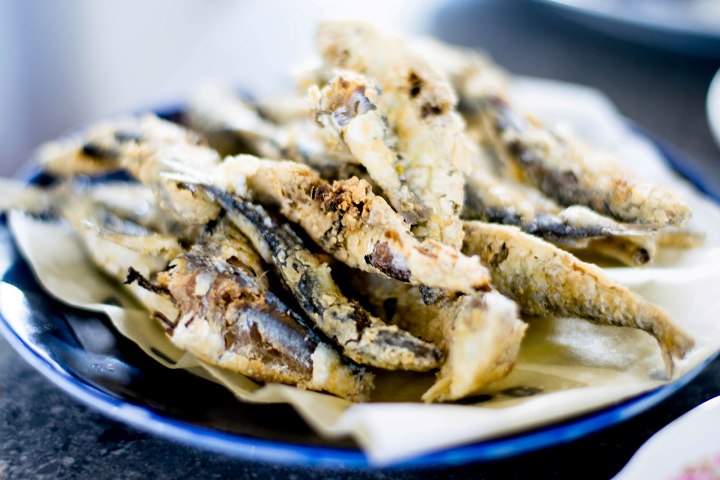
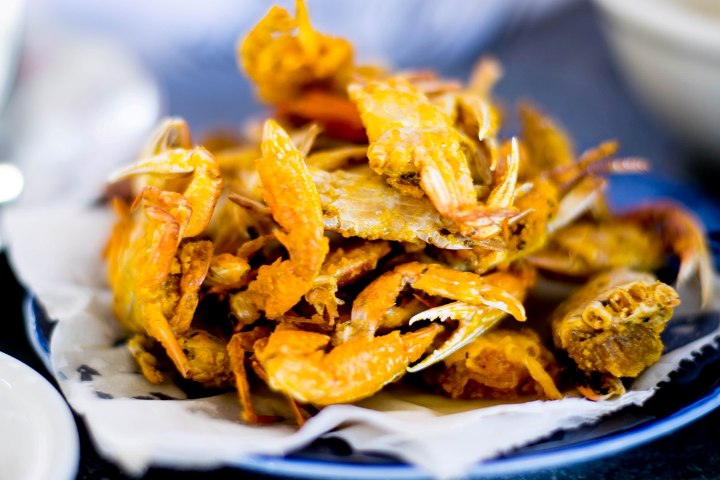
For instance, if the cost of local kapeng barako at tourist shops disappoint you, have a look around and find the shop situated near the entrance of the market that sells whole coffee beans. I recommend that you buy coffee beans there: A kilogram of coffee is worth P350.00, so don’t let that keep you from buying more.
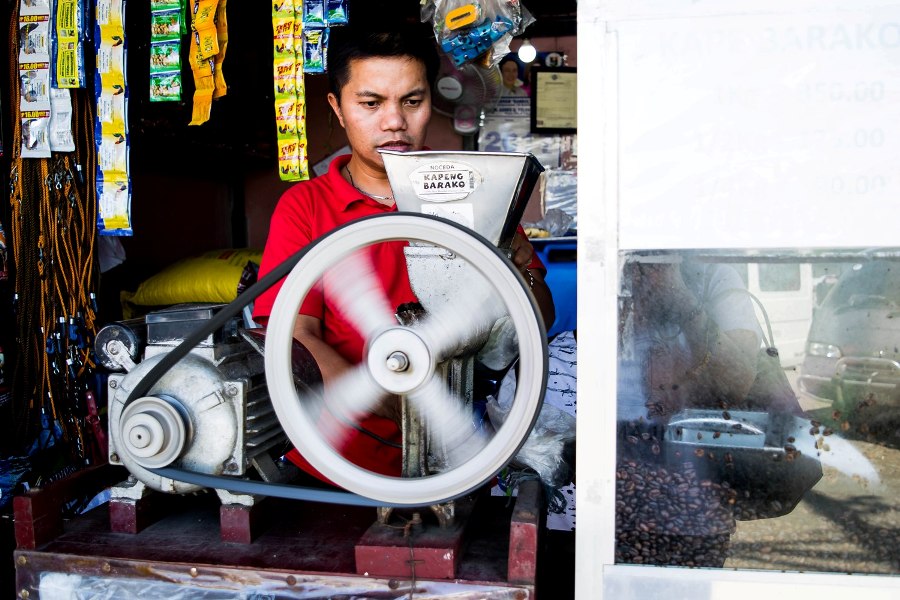

The coffee is blond and gentle on the tastebuds, good enough to satisfy your coffee cravings in the morning, and even better-tasting than designer brew.
Mahogany Beef Market: What to Expect
As mentioned earlier, Mahogany Market is also a famous stop for those who are looking to buy the freshest meats and meat products, specially bulalo meat. The beef price at the Mahogany meat market varies depending on the cut of the meat: spareribs usually cost P190 per kilogram, while tender cuts cost P250.
Here’s a sample price list from one of the popular vendors there that delivers to greater Metro Manila:
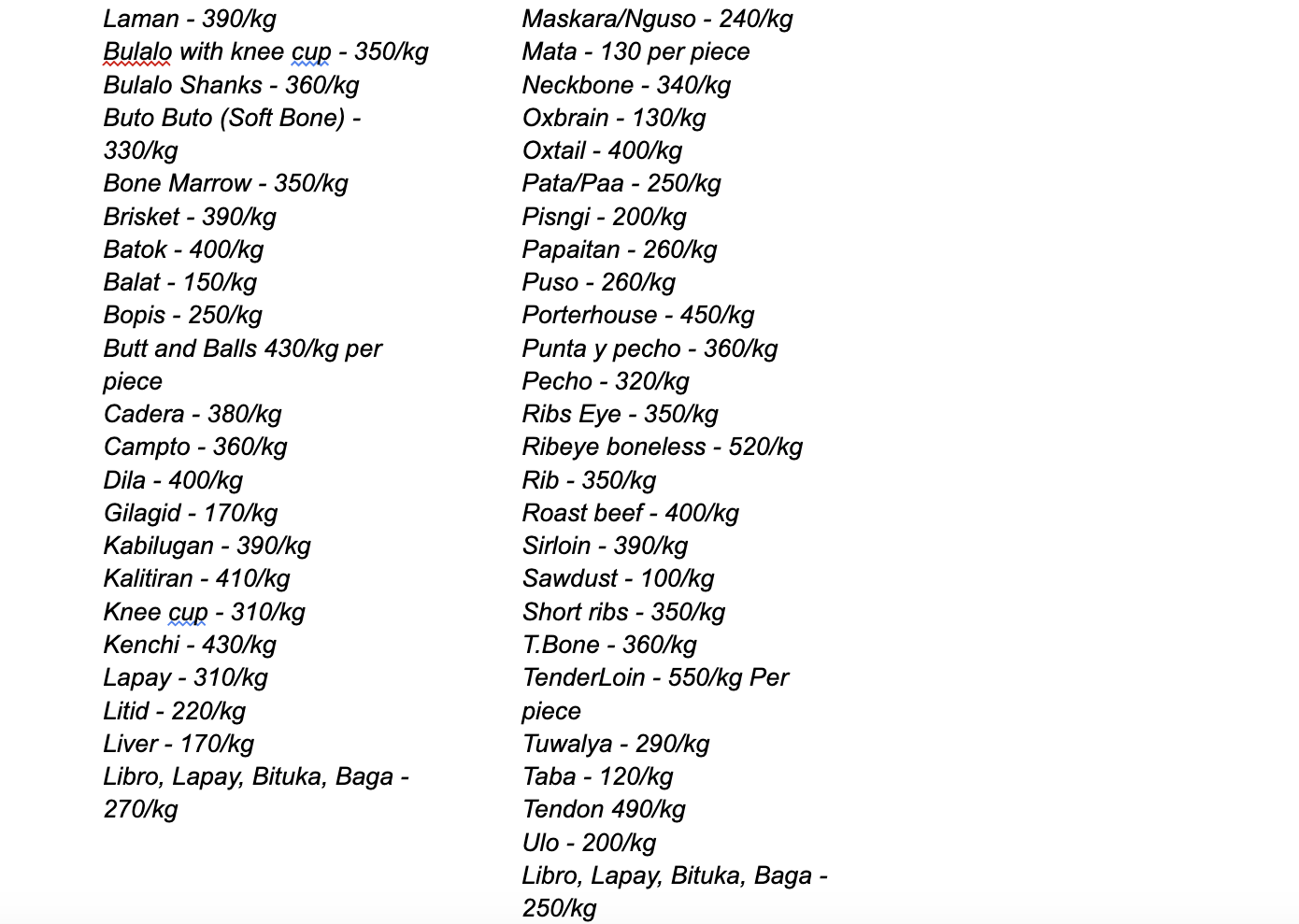
There are hundreds of stalls housed at Mahogany beef market and it’s easy to get overwhelmed if it’s your first time to visit. The most popular meat stalls, however, are lined near the front entrance of the market.

And if you want to take home a memento from your Tagaytay road trip, there are also souvenir shops adjacent to the meat market where you can buy local shirts, bags and key chains for a very reasonable price. Most of these souvenir items like T-shirts are labeled Tagaytay City so you can wear them with pride, also as a sign that you patronize locally made goods.
Final Words
It’s Mahogany Market’s local ambiance that keeps Tagaytay residents and tourists coming back to it. It may not be part of the flashy corners of Tagaytay, but its humble surrounds, great food and reputation make it unparalleled by a long shot.
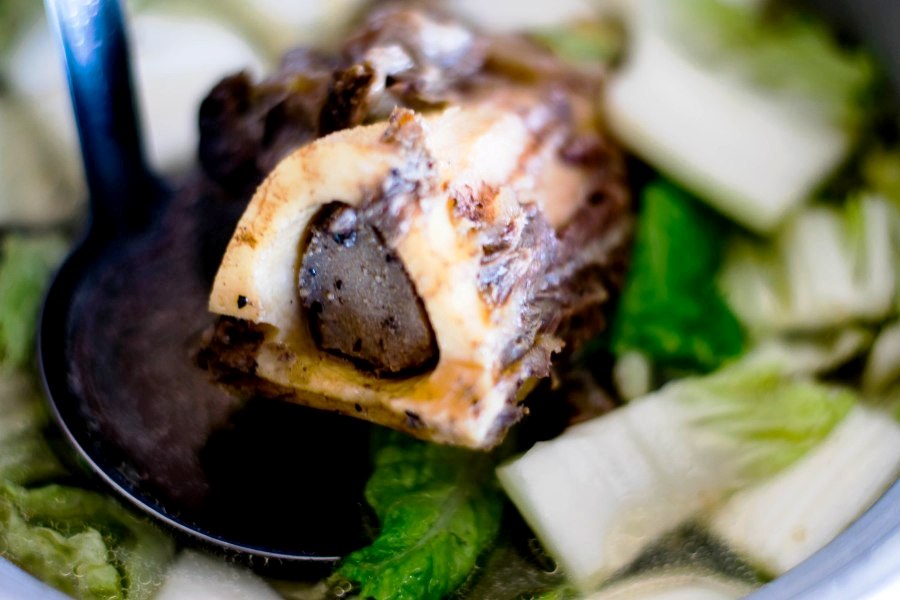
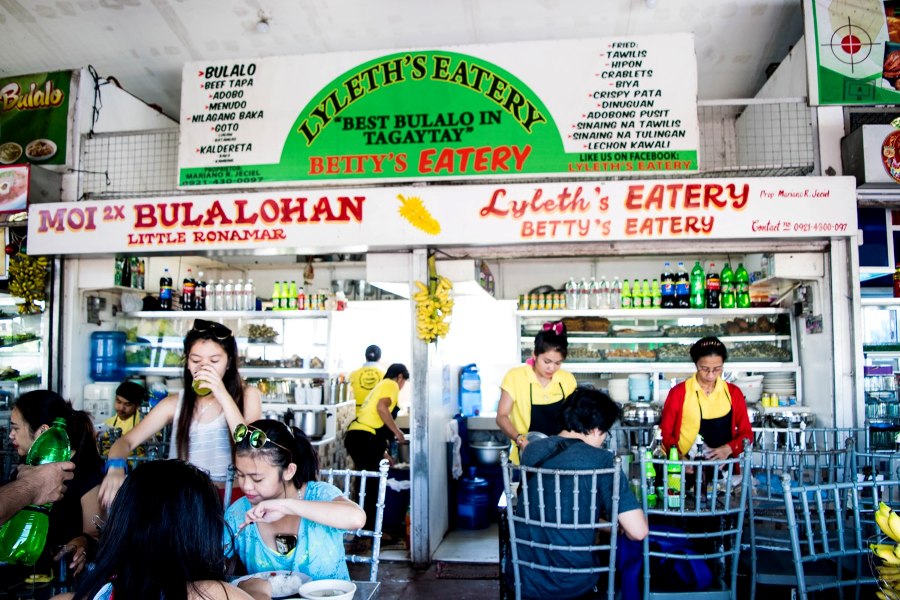
Featured Image by Sandy Miguel
Mahogany Market: How to Get There
There are many ways to reach Mahogany ave if you’re coming from Manila on a private vehicle. The most popular way is via the South Luzon Expressway where you course through the Tagaytay Calamba road.
If you’re coming from Cavite via Aguinaldo Highway and are commuting, you can take a bus from the Pasay terminal to Tagaytay which will set you back at around P200. Once you reach Tagaytay Rotunda, the nearest public transportation point is Olivarez, where you can ride jeepneys that pass by Tagaytay Nasugbu Highway and Mahogany market.
We’ve written a more detailed post on how to go to Mahogany Market in Tagaytay here.
Is Mahogany Market Open 24 Hours?
Mahogany Market is usually open on Monday to Sunday from 5:00 AM to 8:00 PM. Closing time differs depending on the vendors and the influx of customers on a particular day. However, we’ve learned that some eateries and bulaohan are open 24 hours on Mahogany market.
When Is the Best Time to Visit Mahogany Market?
Locals and travel experts recommend that you visit Mahogany market on a weekday when it is less crowded. Come to the market early in the morning to buy the freshest meat and produce.
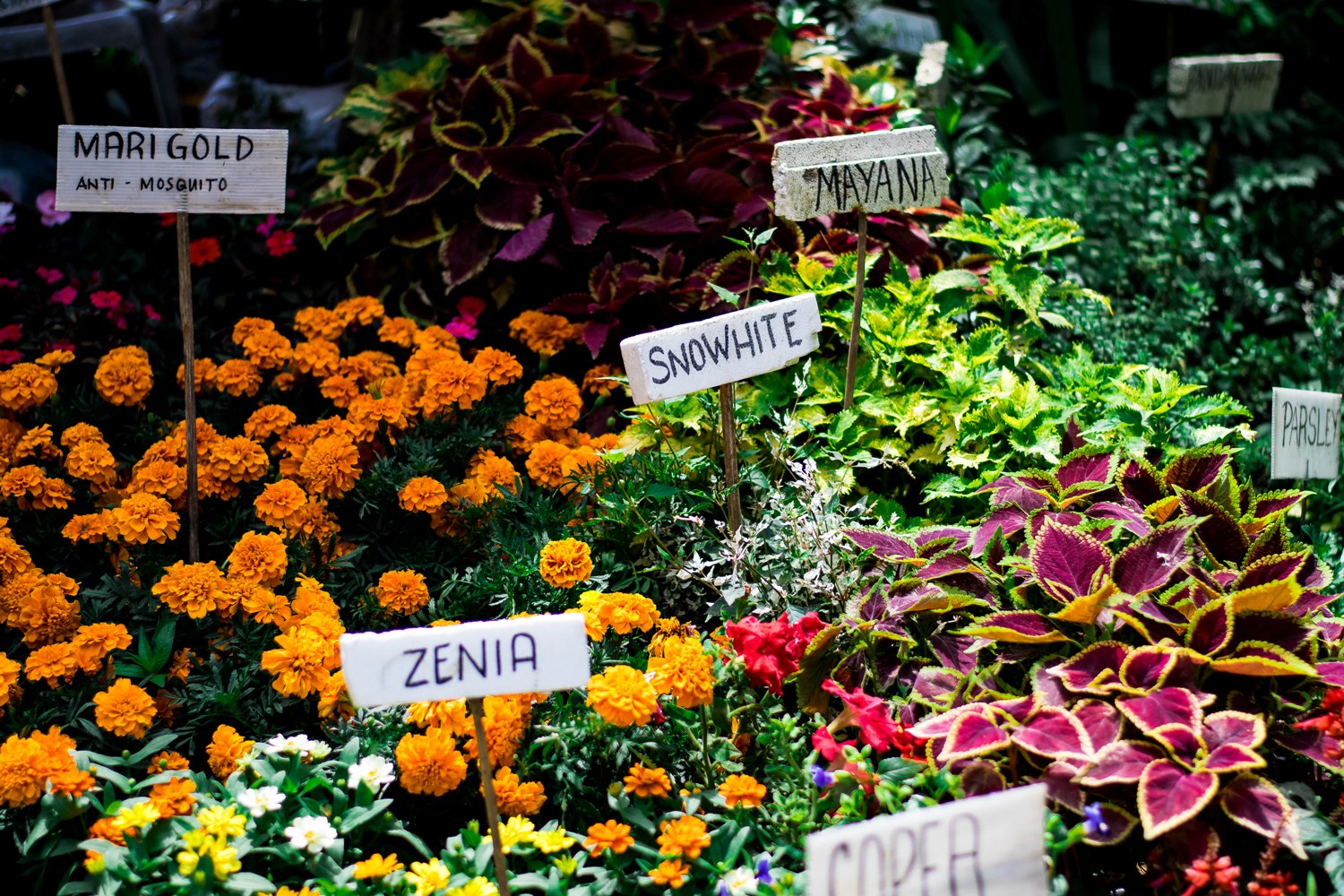








Comments